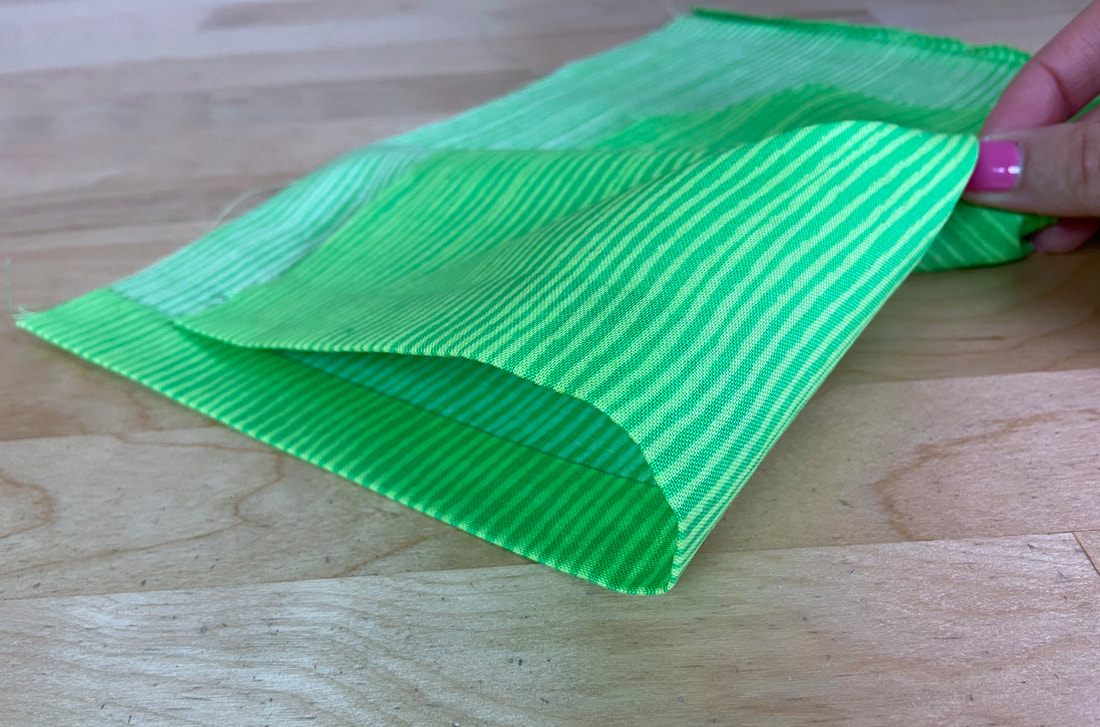Dos And Don'ts Of Using Fusible Hem Tape In Dressmaking
If you are serious about dressmaking, it may be a good idea to stay away from fusible hem tape and choose more long term, machine-applied techniques.
While fusing the hem is not a method used often in the garment construction process, it can be quite effective and convenient when sewing single use garments (such as Halloween costumes), or reinforcing fabric folds and hemlines when stitching is not an option.
The project's lifespan and long term care should be considered when deciding whether to use a fusible hemming technique.
While fusing the hem is not a method used often in the garment construction process, it can be quite effective and convenient when sewing single use garments (such as Halloween costumes), or reinforcing fabric folds and hemlines when stitching is not an option.
The project's lifespan and long term care should be considered when deciding whether to use a fusible hemming technique.
If you choose to finish your garment's hem with a fusible hem tape, consider how the tape will effect the hemline's final drape and movement. Once fused, the hem tape melts to permanently bond the fabric layers. As a result, the melted adhesive can often add some stiffness to the finished hem. For that reason, this technique works best with medium-to-heavier, structured fabrics.
It is also important to consider whether the hem tape will successfully bond to the fabric at hand. Some heavily textured and decorative fabrics do not respond well to the hem tape adhesive. The tape may not bond well, coming apart easily when pulled. In this case, it is best to use either a hand or machine stitch to finish the garment's hem.
It is also important to consider whether the hem tape will successfully bond to the fabric at hand. Some heavily textured and decorative fabrics do not respond well to the hem tape adhesive. The tape may not bond well, coming apart easily when pulled. In this case, it is best to use either a hand or machine stitch to finish the garment's hem.
You should not use fusible hem tape with sheer, see-through fabrics like chiffon, organza and netting (to name just a few). Naturally, the hem tape will show through the garment's hem resulting in a less-than-professional finish.
Keep in mind that sheer fabrics are often lightweight, featuring a more fluid drape. That being said, hem tape tends to stiffen the folded fabric edge which in terms, will affect the finished garment's natural drape.
Keep in mind that sheer fabrics are often lightweight, featuring a more fluid drape. That being said, hem tape tends to stiffen the folded fabric edge which in terms, will affect the finished garment's natural drape.
You should never use bonding hem tape with fabrics that are susceptible to bleed-through. While you may not know how a certain fabric will respond to the tape's adhesive just by looking at it, it is smart to test a scrap piece of your fabric to check if any bleed-through occurs. Fabrics that are most vulnerable are those that have a satin finish like the one shown in the image above.
Keep in mind that hem tape is a permanent finish. If you've applied it incorrectly the first time, the bonded fabric layers will become stained with adhesive once pulled apart- this adhesive is very difficult to remove. Needless to say, check twice before bonding the finished hemline and always test a scrap piece of your fabric prior to applying the hem tape to the final garment.





